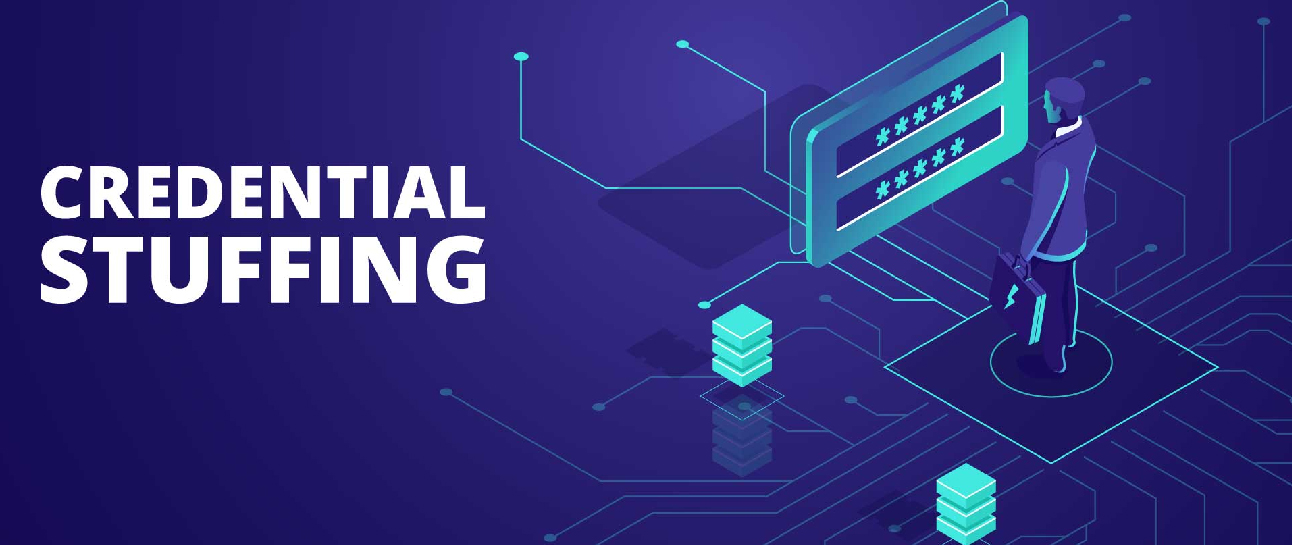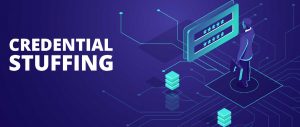Do you know about credential stuffing on the dark web? If not, then you are at the right place, In this article, we have shared how credential stuffing takes place and the tips to keep yourself safe from these attacks.
What is Credential Stuffing on the Dark Web?
Credential stuffing is a cyberattack where bots use the database of stolen or leaked credentials like email and password from a data breach and try to log in with them on other online services. Some people use the same passwords on multiple accounts, and hackers take advantage of this. All the stolen login credentials are stored in the login form, and because of the reused password, some of these surely match, and credential stuffing takes place. Moreover, credential stuffing is hard to fight with as cybercriminals already know your login details.
How Does Credential Stuffing Work?
To perform credential stuffing on the dark web network, hackers download or buy a huge number of usernames and passwords on the dark web. Then, they set up bots to automatically attempt logins to several users’s accounts. If the bots find a match, then criminals can access personal information like security numbers, bank information, or other valuable data. Whenever the bots get access to one account, they automatically try the same password pair on the same account, and a hacker monitors the progress of the attack.
How to Protect Yourself from Credential Stuffing?
Here are some tips to protect yourself from credential stuffing on the dark web.
- Don’t Reuse Passwords: Use a unique and changed password for each account. This way, even if your password is stolen or leaked, it cannot be used to sign in to other accounts and websites.
- Use a Password Manager: Unique and strong passwords can be difficult to remember, so it is recommended to use password managers to keep your password safe and to generate strong passwords.
- Enable Two-Factor Authentication: With two-factor authentication, you have to provide a code or an SMS, generated by an app each time you log in to a website. Thus, even if the cybercriminal knows your email or password, they won’t be able to sign in to your accounts until they have that code.
- Keep your Software Updated: Keep your operating systems and software up to date, as hackers take advantage of unpatched software to take unauthorized access.
How to Detect Credential Stuffing on the Dark Web?
Here are some signs to keep an eye on to detect credential attacks.
- You are locked out of your account.
- Suspicious activity is going on in your account.
- You will receive a bunch of password reset emails.
- Your logins will show multiple failed attempts.
What Happens When Credential Stuffing Takes Place?
Here are the things that will happen during a credential-stuffing on the dark web.
1. Identity Theft
Having your email and password, a cybercriminal could act like you and use your account according to their requirement. They can buy all kinds of things they want with your money and financial details. Moreover, a cybercriminal could also access your social media accounts and cause significant distress.
2. Data Swapping
Once cybercriminals access your account, they will have access to all the other personal information that belongs to you, including your address, financial details, and phone numbers. By using your details, cybercriminals can incorporate these into phishing scams and sell subscription-based sites like Netflix and Spotify at a discounted price.
3. Affect on Business
Credential stuffing on the dark web can affect individuals, but it can also be dangerous to businesses and corporations. A successful attack can get access to the cooperative account of an employee, and cybercriminals can get through the confidential data and personal details, which they could sell or use to blackmail the company.
Why Credential Stuffing on the Dark Web is Easy?
- They are cheap and require the least tech skills to conduct, and with very small investments, cybercriminals gain high-value accounts.
- Credential databases are easily available to hackers.
- Cybercriminals can deploy scripts and bots to conduct large-scale attacks and avoid web application security mechanisms like IP blocking.


